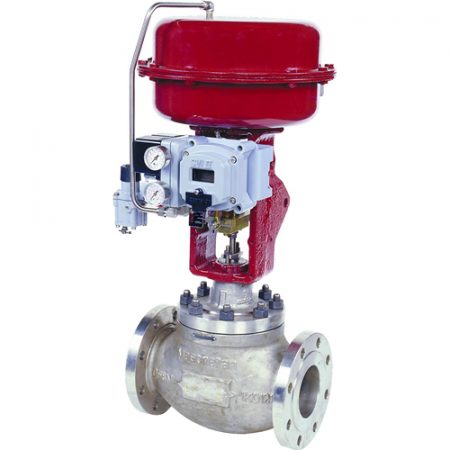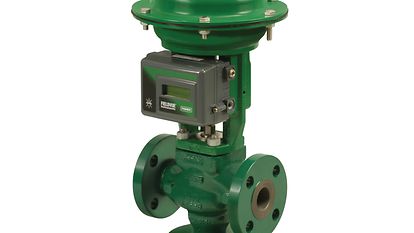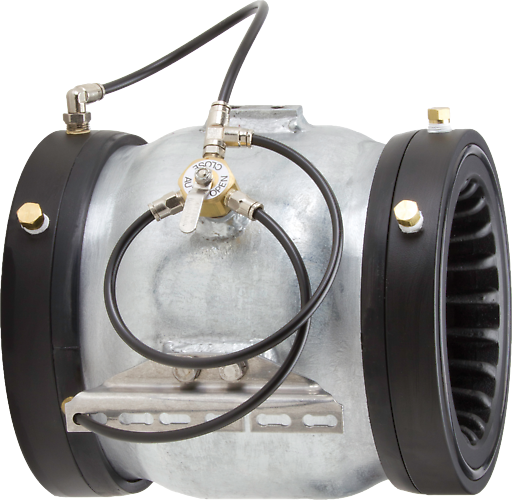Checking out the Performance of Modern Control Valves in Industrial Applications
Checking out the Performance of Modern Control Valves in Industrial Applications
Blog Article

Maximize Power Cost Savings and Comfort With Advanced Structure Automation Controls
In the realm of modern-day architecture and facility administration, the integration of sophisticated structure automation manages stands as a critical advancement. By taking advantage of the power of automation, structures can adjust, respond, and evolve in methods that were as soon as unimaginable.
Energy Efficiency Conveniences
Power performance advantages can considerably minimize power intake and functional prices in buildings. Energy-efficient systems, such as advanced structure automation controls, can maximize the use of resources like heating, lights, and cooling, leading to lower power costs over time.
Furthermore, improved power effectiveness can lengthen the life expectancy of structure devices and systems. By operating much more effectively, cooling and heating systems, light, and various other structure parts experience much less wear and tear, leading to decreased upkeep and substitute expenses. Furthermore, energy-efficient buildings frequently command greater residential property values and rental rates, giving lasting monetary benefits to proprietors.
In addition, power efficiency can enhance resident convenience and productivity. Appropriately regulated indoor atmospheres with optimal illumination and thermal conditions develop an even more favorable and pleasant workspace, leading to improved employee fulfillment and performance. On the whole, the energy performance benefits connected with sophisticated structure automation controls are diverse, encompassing price financial savings, ecological stewardship, and passenger wellness.
Improved Comfort Control
Enhancing convenience control in structure settings calls for a sophisticated assimilation of advanced automation systems for optimal occupant health. By making use of innovative structure automation controls, facilities can tailor the indoor setting to fulfill the certain requirements and preferences of residents. control valves.
By including these innovative controls, structures can not only boost comfort yet likewise boost energy efficiency by maximizing system operations based on real tenancy and usage patterns. Inevitably, focusing on occupant convenience with sophisticated automation systems leads to an extra enjoyable and much healthier interior setting.
Operational Efficiency Improvements

Moreover, the application of real-time tracking and analytics tools enables structure drivers to determine energy ineffectiveness and operational abnormalities without delay. By continuously keeping an eye on energy usage patterns and system performance metrics, changes can be made in real-time to enhance power consumption and make sure peak functional efficiency. control valves. In addition, incorporating demand feedback techniques right into structure automation controls can even more boost operational effectiveness by dynamically changing power usage based upon grid problems and pricing signals
Indoor Environment Optimization
Efficient indoor environment optimization is a basic element of building automation controls, making sure residents' comfort and wellness while making the most of energy savings. By utilizing sophisticated sensing units and controls, building automation systems can continuously change and check temperature level, moisture levels, air quality, and air flow to create an ideal indoor atmosphere. Preserving constant and comfy problems not just enhances passenger complete satisfaction yet likewise boosts productivity and overall health.
Indoor environment optimization additionally plays a crucial duty in energy efficiency. By fine-tuning heating, air flow, and air conditioning systems based upon navigate to these guys real-time information and occupancy patterns, developing automation controls can substantially lower power usage - control valves. Applying methods such as over here demand-controlled ventilation and thermal zoning can help decrease power waste while making certain that each area of the building receives the necessary conditioning.

Lasting Atmosphere Development
Building automation manages not only optimize indoor environment problems for power performance and owner convenience yet additionally lay the foundation for creating a sustainable environment through critical monitoring of resources and systems. By incorporating advanced building automation innovations, such as sensors, actuators, and smart software program, facilities can readjust and monitor power use in real-time to decrease waste and lower their carbon footprint. These systems allow anticipating upkeep, determining prospective problems before they intensify and enhancing equipment performance to improve durability and effectiveness.
Additionally, lasting environment production expands past energy administration to encompass water preservation, waste decrease, and indoor air quality renovation. Structure automation controls can regulate water usage, find leakages, and guarantee proper garbage disposal techniques, contributing to general sustainability initiatives. In addition, by regulating and keeping an eye on air flow and filtration systems, these technologies enhance resident health and wellness and performance while reducing energy intake related to a/c procedures.
Verdict
In verdict, progressed building automation regulates deal substantial benefits in regards to power savings, comfort control, functional efficiency, interior environment optimization, and producing a lasting atmosphere. By applying these controls, buildings can attain optimum performance while lowering energy intake and improving passenger comfort. It is obvious that making use of sophisticated automation innovation is crucial in improving structure moved here performance and developing a more lasting future.
Energy performance advantages can substantially minimize energy intake and operational costs in structures. On the whole, the energy efficiency benefits connected with sophisticated building automation controls are complex, incorporating price savings, environmental stewardship, and resident wellness.
Additionally, incorporating need response techniques into building automation controls can additionally boost functional performance by dynamically changing energy usage based on grid problems and rates signals.
Structure automation manages not just enhance indoor climate problems for power performance and passenger convenience yet also lay the foundation for creating a sustainable atmosphere with tactical administration of sources and systems.In verdict, progressed structure automation controls offer considerable benefits in terms of energy cost savings, comfort control, operational effectiveness, interior environment optimization, and producing a sustainable atmosphere.
Report this page